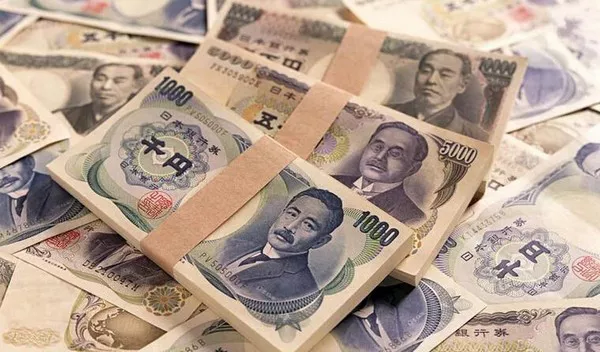The ten yen coin, an unassuming piece of currency in Japan, holds a unique place in the nation’s monetary system. With its distinctive design and historical significance, the ten yen coin has captured the curiosity of collectors and enthusiasts alike. In this comprehensive guide, we delve into various aspects of the ten yen coin, exploring its rarity, dimensions, monetary value, and its role as the smallest yen coin.
Is a 10 Yen Coin Rare?
One might wonder if the ten yen coin is a rare find among Japanese currency. Unlike some rare coins that fetch significant prices in the collector’s market, the ten yen coin is not typically considered rare. However, its value extends beyond rarity, as it is an integral part of everyday transactions in Japan. The ubiquity of the ten yen coin makes it a common sight in pockets and wallets across the country.
The Historical Significance of the Ten Yen Coin
To understand the place of the ten yen coin in Japan’s monetary landscape, it’s essential to delve into its history. The coin was first introduced in 1951 and has undergone several design changes over the years. The current design features the Japanese symbol for ten and a depiction of the famous cherry blossoms. This amalgamation of historical symbolism and aesthetic appeal contributes to the enduring popularity of the ten yen coin.
How Big is a Ten Yen Coin?
The physical dimensions of the ten yen coin play a crucial role in its recognizability and utility. Measuring 23.5 millimeters in diameter and 1.5 millimeters in thickness, the ten yen coin is relatively small compared to other denominations. Its size makes it convenient for everyday transactions, emphasizing practicality and ease of use in a culture that values efficiency.
The Artistry of the Ten Yen Coin
Beyond its utilitarian function, the ten yen coin stands out for its artistic elements. The cherry blossoms, an iconic symbol of Japan, are intricately engraved on one side, while the other side features the denomination and the year of minting. The blend of cultural symbolism and aesthetic design reflects the meticulous craftsmanship that goes into the creation of each ten yen coin.
How Many Cents is 10 Yen?
While the yen is the official currency of Japan, understanding its equivalent in other denominations, such as cents, provides a broader perspective. One Japanese yen is approximately equal to 0.0092 United States dollars. Therefore, a ten yen coin is roughly equivalent to 9.2 cents in the U.S. currency. This conversion underscores the modest monetary value of the coin, emphasizing its role in everyday transactions rather than substantial financial exchanges.
The Ten Yen Coin in Everyday Transactions
The ten yen coin’s practical value is evident in its widespread use for small purchases in Japan. From vending machines to traditional markets, this coin facilitates quick and efficient transactions. Its lightweight and compact nature make it a preferred choice for small purchases, contributing to the overall efficiency of Japan’s cash-based economy.
What is the Smallest Yen Coin?
While the ten yen coin is small in comparison to higher denominations, it is not the smallest yen coin in circulation. That distinction belongs to the one yen coin. The one yen coin, with a diameter of 20 millimeters, is slightly smaller than the ten yen coin. Both coins, however, share a common characteristic in their practicality for everyday transactions, embodying the efficiency and precision that define Japanese culture.
Collecting Ten Yen Coins: A Hobby and an Investment
For numismatists and coin collectors, the ten yen coin holds a special place in their collections. While not necessarily rare, the historical significance, aesthetic appeal, and cultural symbolism make these coins desirable for enthusiasts. Some collectors seek out specific mint years or variations in design, turning their hobby into an investment as these coins gain historical value over time.
The Environmental Impact of Coins: A Consideration
As we explore the intricacies of the ten yen coin, it’s worth considering the broader impact of coins on the environment. The production and circulation of coins contribute to resource consumption and waste. Efforts to explore alternative, more sustainable materials for coin production are gaining traction globally. In Japan, discussions about the environmental impact of currency may influence the future design and materials used for coins, potentially impacting the familiar ten yen coin.
Conclusion
In conclusion, the ten yen coin stands as a testament to Japan’s rich history, cultural symbolism, and commitment to practicality. While not a rare find, its widespread use in everyday transactions, artistic design, and the convenience it offers make it an integral part of Japan’s monetary system. Whether in the hands of a collector, a commuter making a small purchase, or a historian studying the nation’s currency, the ten yen coin continues to weave its story through the fabric of Japanese society.
Related Topics:
How to Calculate Pips for JPY Pairs in Forex Trading
How to Count Pips on GBP/JPY – What You Should Know
Things You Need To Know About Converting Japanese Yen to British Pounds


























